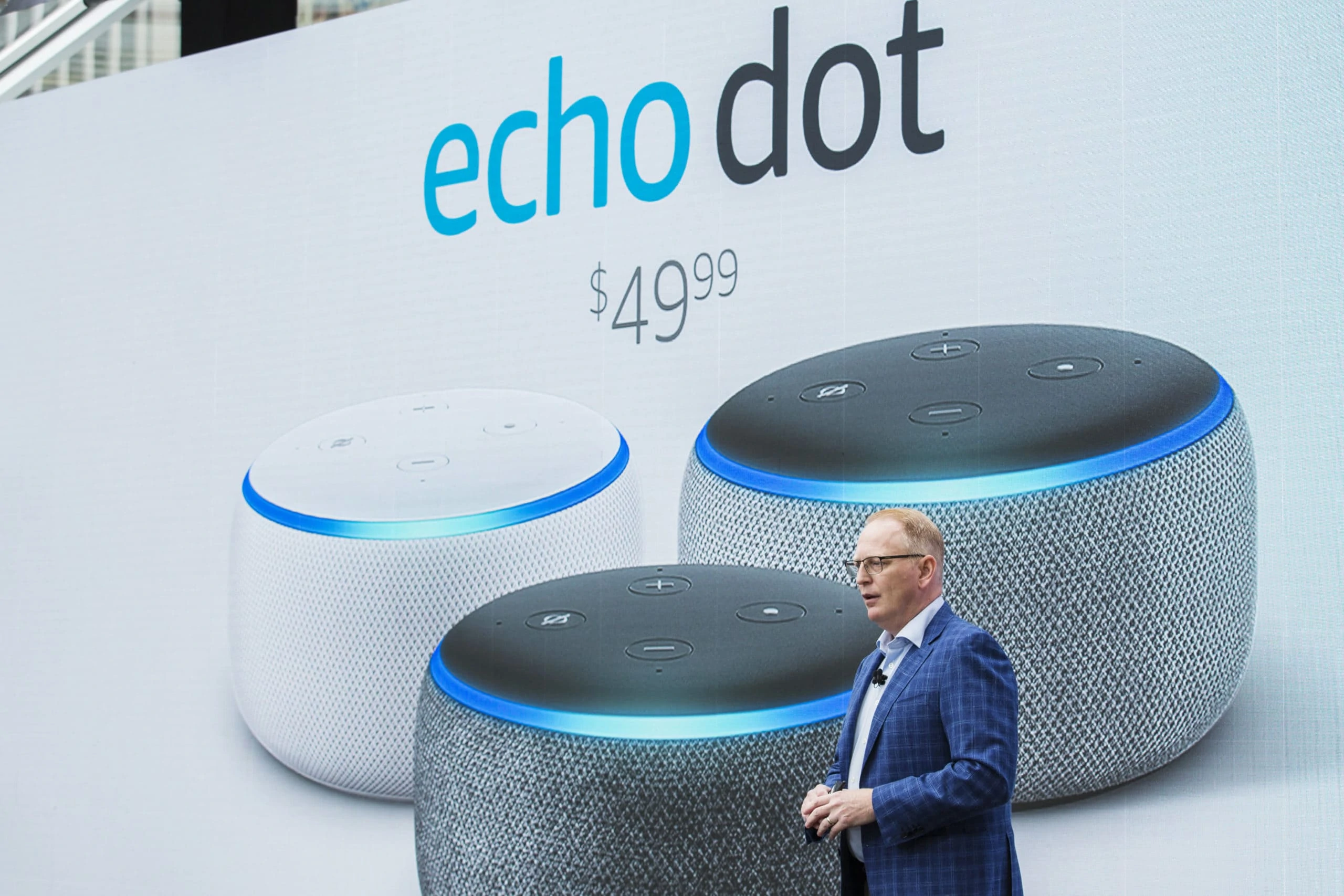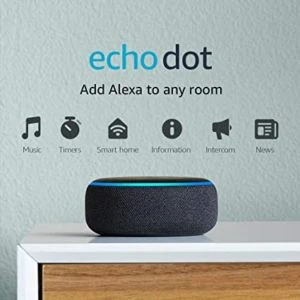
Smart Home Devices Assist those with Impaired Mobility
What is a Smart Home Device?
Smart Home devices are those that can respond to stimulus, like commands given to an Amazon Echo device. Smart Home devices allow those with movement problems to control their home appliances and do a variety of things with their voice, like:
- Making phone calls
- Setting timers
- Setting alarms
- Managing lists
- Listening to music
- Checking news and the weather
- Ordering online essentials for the home
Amazon Echo and Alexa
Amazon has led the way in Smart Home connectivity, with their Echo listening device and 'Alexa', their artificial intelligence (AI) powered voice assistant. The Echo device relays the user's command to the smart home appliances, allowing users to activate appliances, turn on/off lights, and even turn on their computers.
Tecla Enhances Alexa for Quadriplegic Users
Where Amazon's Smart Home functionality includes activating computing devices, the tecla-E from tecla is a software app that allows the user to operate software on the computer and on mobile devices.
The tecla-e allows user to use their voice to access their mobile devices, computers, and tablets. It is designed for easily switching between and controlling the computers, tablets, and mobile phones.
Add-Ons for Speech Impaired Users
With an eye towards serving even more disabled and/or injured people (or when the user wants to stay silent and not disturb someone else), the tecla-e also works with devices that allow simple movements or even blowing air to operate computers and mobile devices, like:
- sip-and-puff
- buddy buttons
- micro light switches
- chin switches
- joysticks
Hive Active Smart Plug
The Hive Smart Plug is an adapter to that goes into a wall socket in order to plug your other devices into, and whatever is plugged into the Hive Smart Plug can be controlled via voice. You do have to invest in a hub that you communicate with to control various Hive smart plugs in your home, but The Hive app is very intuitive to use.
The Hive goes beyond simply turning devices on and off and can also communicates with other assistive technology inventions like "smart" bulbs that can be brightened or dimmed with verbal commands. The Hive can also raise or lower the temperature on the thermostat.
Google Smart Home is Powerful Assistive Technology
While Amazon is still the leader in smart home technology, don't count out Google Home which offers many of the same features and is being embraced by disabled and injured people. An example is the Google Nest Thermostat, which is a Wi-Fi enabled thermostat that is by far the most popular thermostat being installed for the last few years.
The Google Nest Audio receptor allows people to use their voices to control many of the same appliances that the Amazon Echo and Alexa control. For instance, a Google Home device can connect to smart light bulbs, turning them on and off via voice command.
Not surprisingly the Google device also can also allows users to access the Internet to gather useful information when they need it most. You can ask your smart speaker where the nearest wheelchair-accessible pharmacy is, or whether or not your local restaurant is open, and even call the place an order (or do it online).Google's Audio "smart speaker" will help you call for help or contact a loved one when you need assistance urgently, without having to use your smartphone.
Get in Touch with a Specialist to Set Up Smart Home Devices
All of these assistive technologies and many other solutions will work wonders for an injured or disabled person, but it is not recommended that you set them up yourself. An Assistive Technology Specialist can install the device correctly and optimize it to work with your voice while ensuring you know how to make it work for you.
To speak with one of our team members, contact us by calling the number above or filling out a form to the right. Our team assists with ergonomics and assistive technology of all kinds to improve people's lives and we look forward to improving yours.
Categories
assistive technology elderly visually impaired




